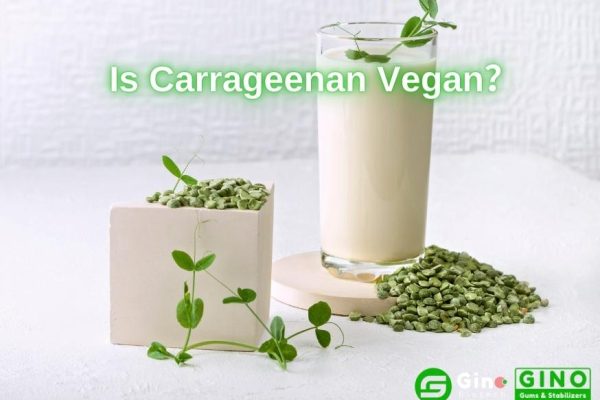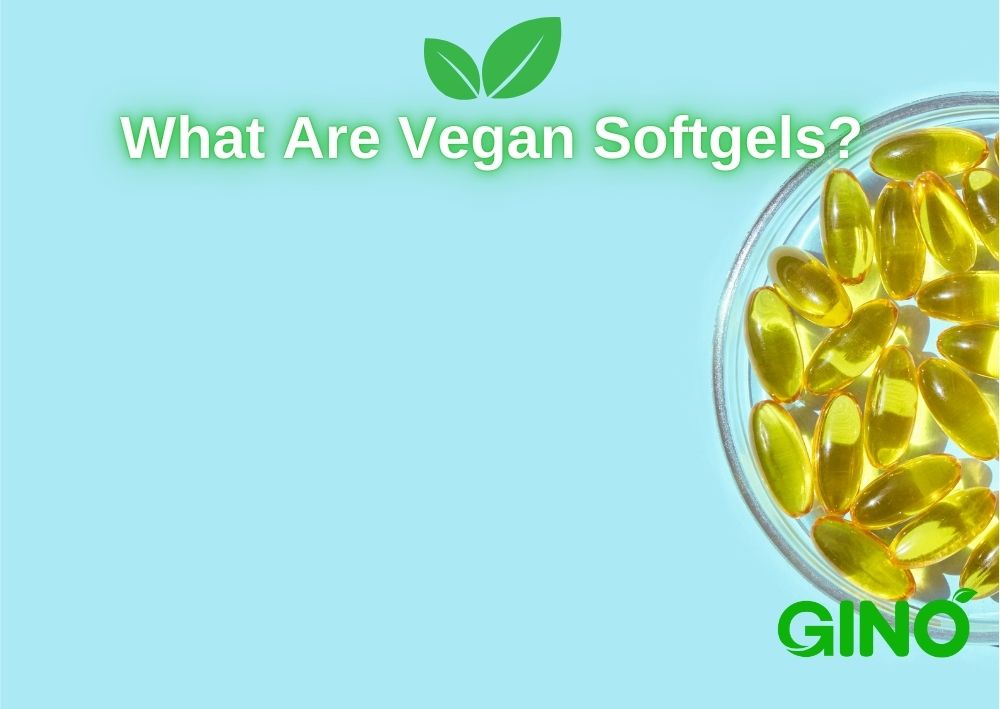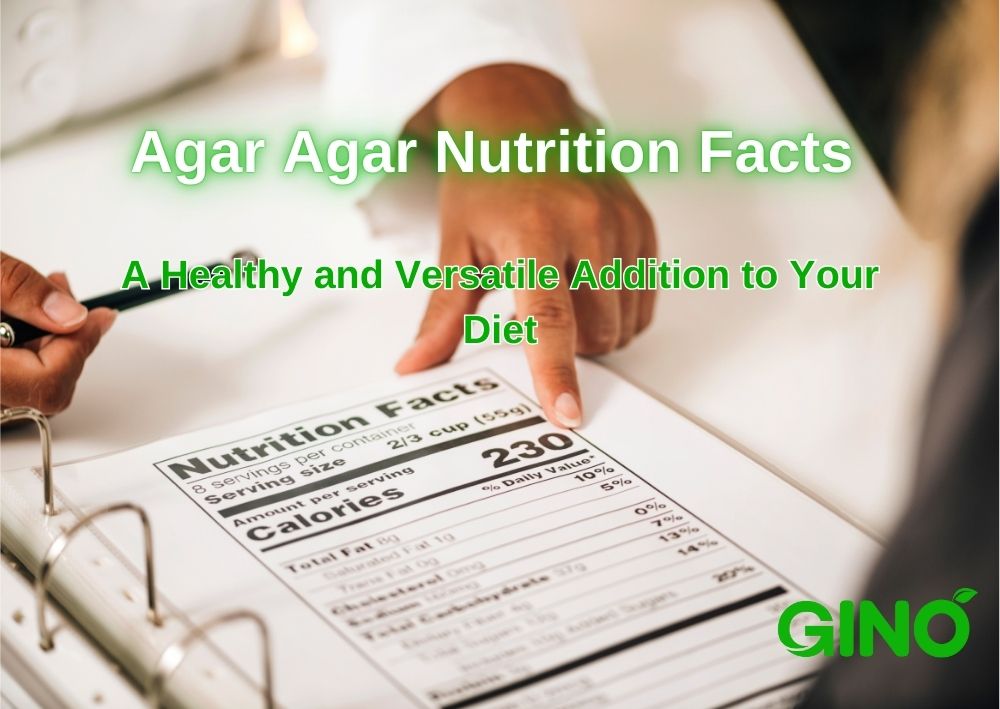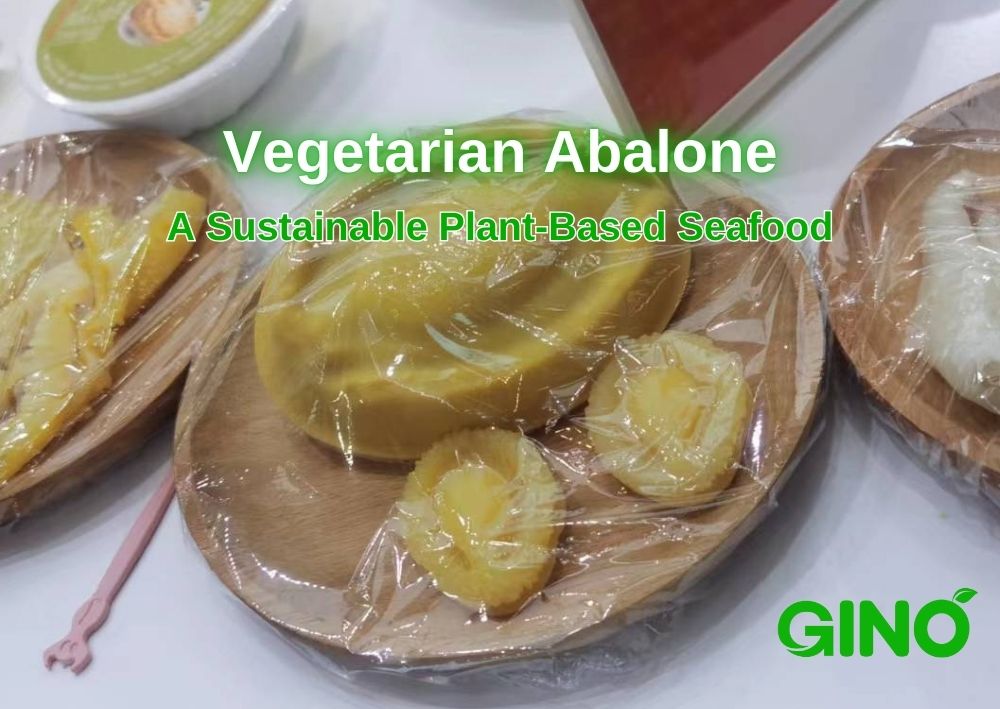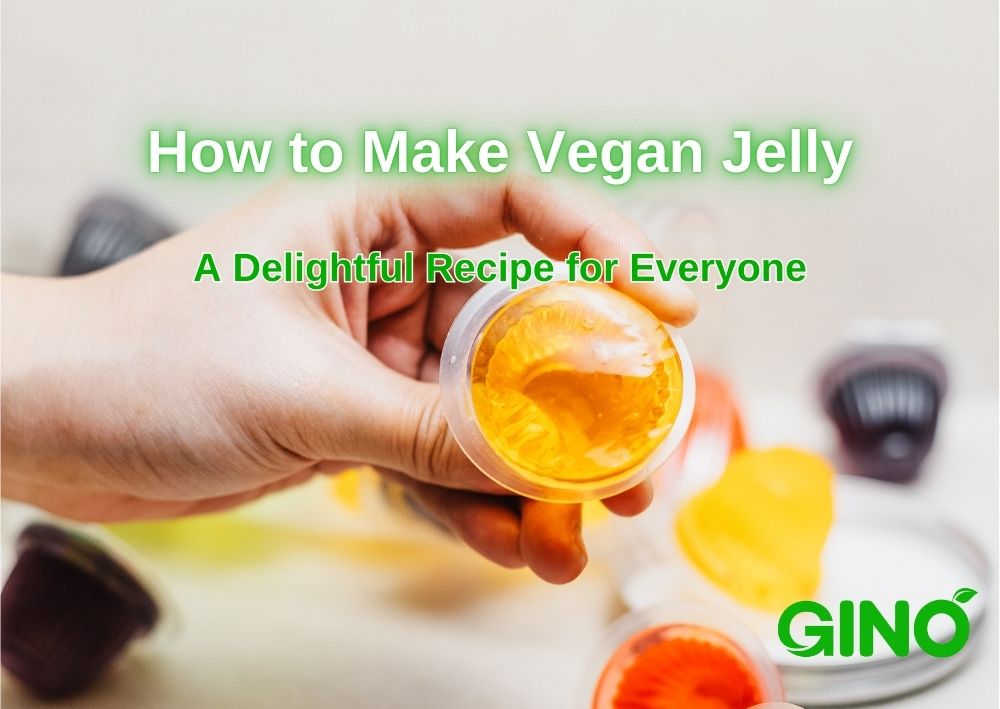Desde hace más de 10 años, Gino Biotech es uno de los principales proveedores de hidrocoloides alimentarios. Con nuestra variedad de gomas y estabilizantes de origen vegetal, podemos crear soluciones de hidrocoloides a medida perfectamente adaptadas a las necesidades de nuestros clientes. LEER MÁS
Carragenina frente a goma xantana: ¿Cuál es la mejor para su producto?
Carragenina frente a goma xantana
Facebook
Twitter
LinkedIn
Carragenina frente a goma xantana
En el mundo de los aditivos alimentarios, la comparación entre carragenano vs goma xantana a menudo surge, especialmente entre los fabricantes que buscan los mejores agentes gelificantes, espesantes y estabilizantes para sus productos.
Tanto la carragenina como la goma xantana son hidrocoloides ampliamente utilizados con propiedades únicas que los hacen adecuados para diversas aplicaciones.
Este artículo explora las diferencias clave entre estos dos ingredientes, ayudándole a tomar una decisión informada para sus fórmulas alimentarias.
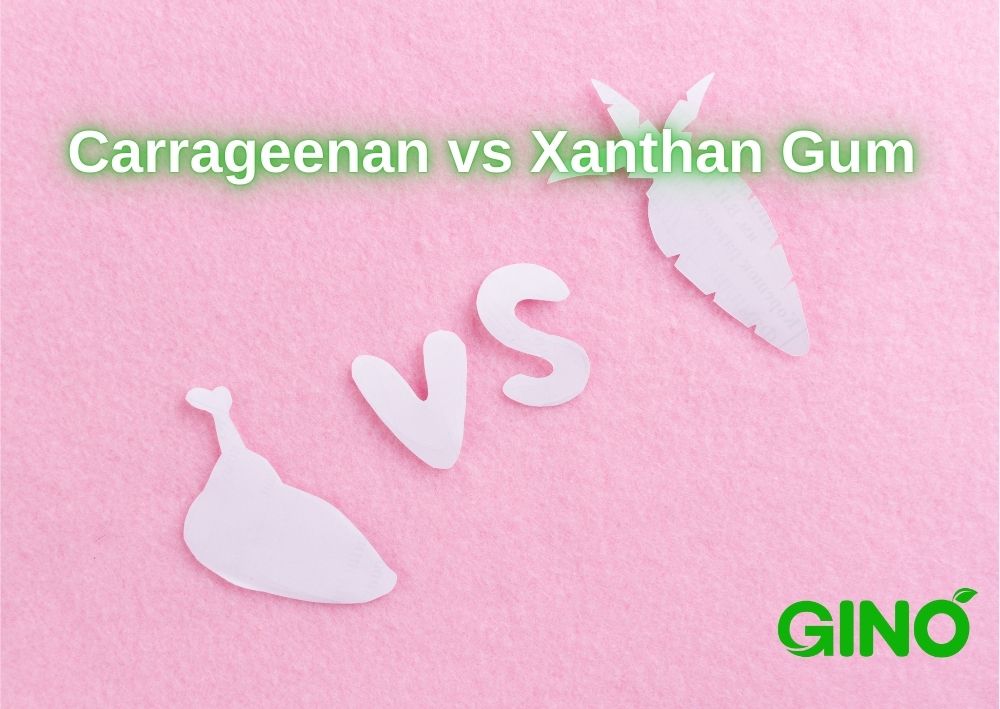
1. ¿Qué es la carragenina?
La carragenina es un polisacárido natural extraído de las algas rojas. Se utiliza desde hace siglos, sobre todo en la industria alimentaria, por su capacidad para formar geles, espesar líquidos y estabilizar emulsiones.
Existen distintos tipos de carragenina: kappa, iota y lambda, cada una con propiedades gelificantes diferentes. La kappa, por ejemplo, forma geles firmes, mientras que la iota produce geles más suaves y elásticos. Esta versatilidad hace que la carragenina sea una opción popular en productos lácteos, procesamiento de carne y formulaciones de alimentos de origen vegetal.
2. ¿Qué es la goma xantana?
La goma xantana, por su parte, es un polisacárido microbiano producido por la fermentación de azúcares mediante la bacteria Xanthomonas campestris.
Es famoso por sus excepcionales propiedades espesantes y estabilizadoras, incluso en pequeñas cantidades.
La goma xantana es muy eficaz para mantener la consistencia de salsas, aderezos y bebidas, garantizando que permanezcan estables en toda una gama de temperaturas y niveles de pH. Su capacidad para evitar la separación de ingredientes y mejorar la textura la convierte en un elemento básico en la repostería sin gluten y otras formulaciones complejas.
3. Carragenina frente a goma xantana: Principales diferencias
3.1 Origen y tipos:
Carragenina: Derivado de algas rojas y clasificado en tres tipos principales: kappa, iota y lambda, cada uno con diferentes propiedades gelificantes, espesantes y estabilizadoras. Por ejemplo, la kappa forma geles fuertes y rígidos, mientras que la iota crea geles blandos.
Goma xantana: Se produce mediante fermentación bacteriana y consiste en una compleja estructura de polisacáridos, conocida por su gran capacidad espesante. Por lo general, la goma xantana de calidad alimentaria está disponible en dos tamaños de malla, 80 y 200.
3.2 Propiedades
Carragenina: Tiene propiedades gelificantes únicas que varían según el tipo. El carragenano forma geles en presencia de determinados iones, como el potasio o el calcio. Puede crear geles tanto blandos como firmes y también se utiliza para estabilizar y espesar productos alimenticios.
Goma xantana: Principalmente utilizada como espesante y estabilizante, conocida por su alta viscosidad a bajas concentraciones, la goma xantana es un agente de adelgazamiento por cizallamiento, lo que significa que su viscosidad disminuye bajo tensión (por ejemplo, agitación). Es estable en una amplia gama de temperaturas y niveles de pH, lo que la hace versátil en diferentes aplicaciones.

3.3 Aplicaciones:
Carragenina:
- Productos lácteos: Se utiliza en la leche con chocolate, el helado y el yogur para evitar la separación y mejorar la textura.
- Alternativas vegetales: Mejora la textura de la leche de almendras, la leche de soja y los quesos sin lácteos.
- Productos cárnicos: Mejora la retención de agua y la textura en carnes procesadas como el jamón y las salchichas.
- Gominolas y caramelos de goma: Proporciona una textura gelatinosa y masticable, ofreciendo una alternativa vegetal a la gelatina.
- Cuidado personal: Actúa como espesante en dentífricos y estabiliza lociones y cremas.
Goma xantana:
- Pastelería sin gluten: Proporciona estructura y elasticidad al pan, los pasteles y las galletas sin gluten.
- Aderezos y salsas para ensaladas: Espesa y emulsiona, evitando la separación en aderezos y salsas.
- Bebidas: Estabiliza y espesa zumos, batidos y aguas aromatizadas.
- Cosméticos: Espesa y estabiliza lociones, cremas y champús.
- Perforación petrolífera: Se utiliza en los fluidos de perforación para espesar y estabilizar la mezcla, ayudando a transportar los residuos a la superficie.
3.4 Textura y sensación en boca:
Carragenina: Proporciona una textura suave y cremosa en aplicaciones lácteas y no lácteas, con capacidad para crear desde geles firmes hasta texturas suaves y elásticas, según el tipo utilizado.
Goma xantana: Contribuye a una textura uniforme y estable sin alterar el sabor ni el aspecto del producto. Ayuda a mantener la sensación en boca deseada en salsas, aderezos y productos horneados.
3.5 Consideraciones religiosas y dietéticas
Carragenina: La carragenina suele considerarse halal, kosher y apta para vegetarianos y veganos, ya que procede de algas marinas.
Goma xantana: También considerada halal, kosher y apta para veganos, la goma xantana es adecuada para la mayoría de las restricciones dietéticas. Sin embargo, dado que se produce por fermentación bacteriana, algunas personas pueden ser sensibles o alérgicas.
3.6 Aspectos sanitarios
Carragenina: Algunos estudios han suscitado preocupación por sus posibles efectos inflamatorios, sobre todo en sus formas degradadas. Sin embargo, la carragenina de calidad alimentaria está generalmente reconocida como segura (GRAS) por organismos reguladores como la FDA.
Goma xantana: Generalmente se considera seguro para el consumo, aunque puede causar molestias digestivas en cantidades elevadas a algunas personas, especialmente las sensibles.
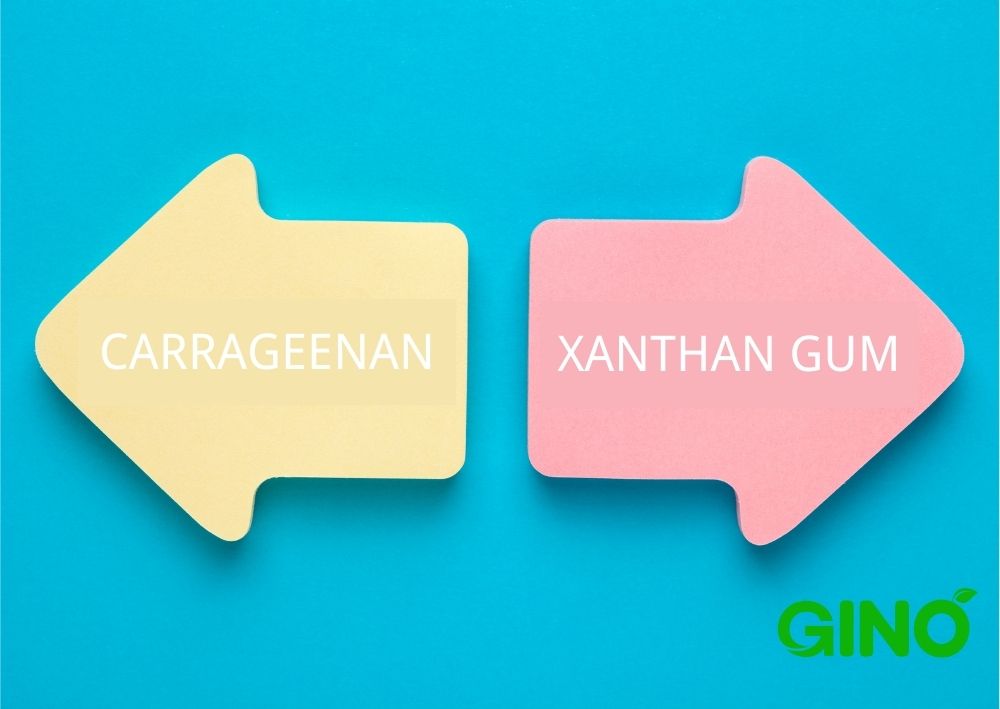
4. Elegir entre carragenina y goma xantana
La decisión entre carragenina y goma xantana depende en gran medida de los requisitos específicos de su producto.
La carragenina es la opción preferida para productos que requieren gelificación y texturización, especialmente en aplicaciones lácteas y vegetales.
Por otro lado, la goma xantana es ideal para productos que necesitan espesamiento y estabilización sin necesidad de formación de gel.
Conclusión
En el debate de carragenano frente a goma xantanaPara elegir la mejor opción para sus productos alimentarios, es fundamental conocer sus diferencias y aplicaciones.
Ambos ingredientes ofrecen ventajas únicas, tanto si busca fuertes propiedades gelificantes como espesantes y estabilizadoras fiables.
Seleccionando el hidrocoloide adecuado, puede conseguir la textura, consistencia y estabilidad perfectas en sus formulaciones, garantizando que sus productos destaquen en el mercado.
Como proveedor especializado de hidrocoloides vegetales de alta calidad, ofrecemos una gran variedad de opciones, como carragenina y goma xantana de primera calidad, para satisfacer sus necesidades específicas de formulación.
Tanto si busca un espesante, estabilizante o gelificante fiable, nuestros productos están diseñados para mejorar sus creaciones alimentarias.
Póngase en contacto con nosotros hoy mismo para obtener más información sobre cómo nuestras soluciones pueden beneficiar a su empresa.
Contacte con nuestro equipoEntradas recientes
Acerca de Gino Biotech

Somos una empresa biotecnológica especializada en la investigación, desarrollo y comercialización de aditivos alimentarios innovadores y tecnológicos hidrocoloides Agar Agar, Carragenina, y Soluciones de estabilizadores a medida.
Gracias a nuestros amplios conocimientos y experiencia en la investigación, aplicación y uso de hidrocoloides, podemos ofrecer un servicio integral de soluciones personalizadas perfectamente adaptados a las necesidades de nuestros clientes.
Nuestra productos cubren las necesidades de los sectores cárnico, lácteo, panadero, pastelero y otros sectores industriales.
Póngase en contacto con nuestro representante de ventas para obtener más información.




